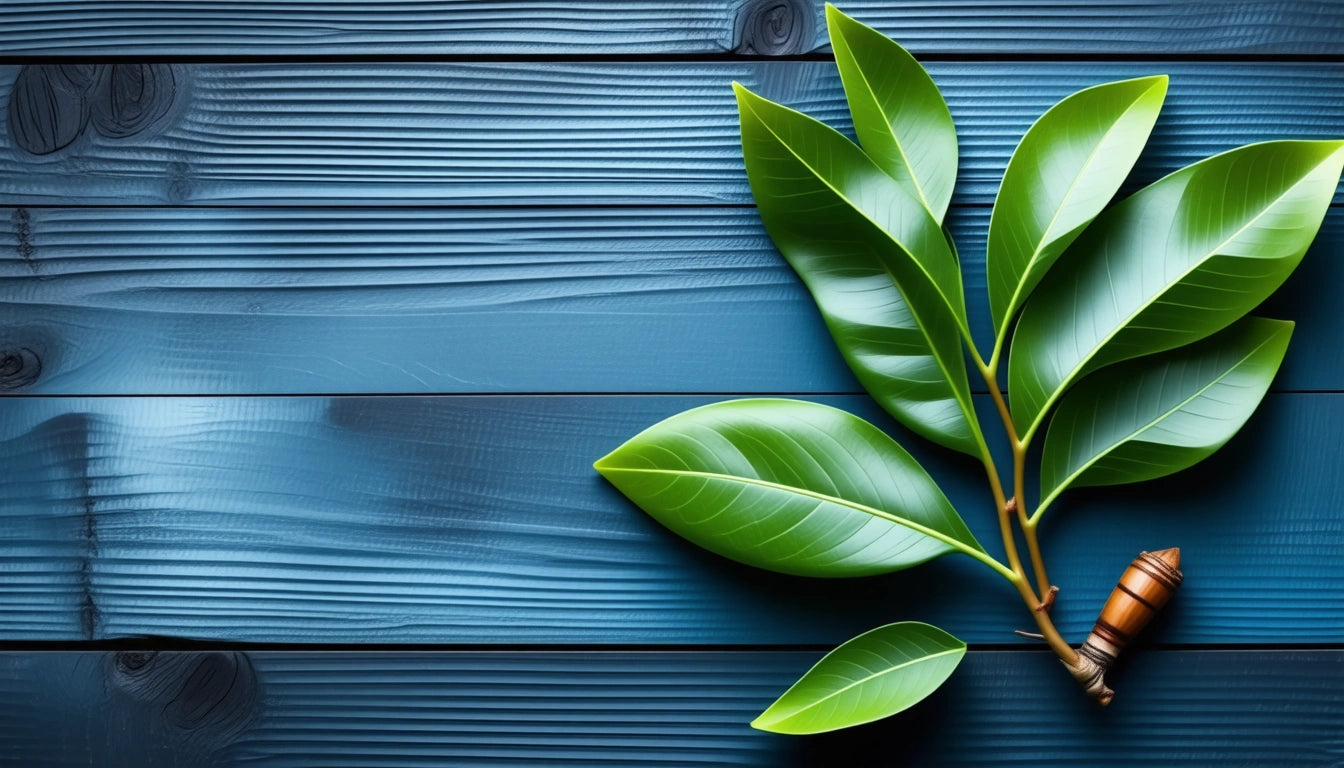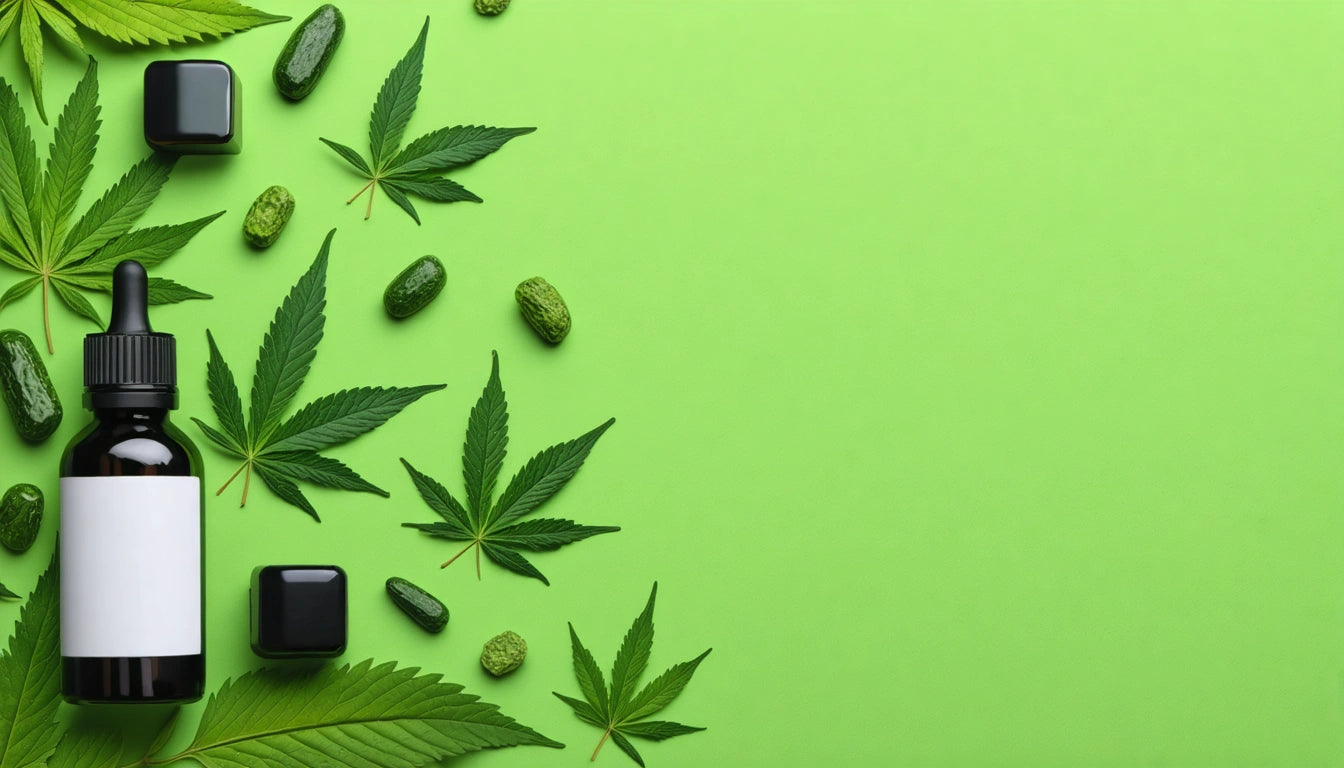Table of Contents
Understanding Grabba: Ingredients and Preparation of this Jamaican Tradition
Grabba has deep roots in Jamaican culture and has gained popularity across various communities for its distinctive properties and applications. This guide explores what grabba is made of, how to make grabba at home, and the cultural significance of Jamaican grabba in traditional practices.
What is Grabba: Origins and Traditional Use
Grabba refers to a specific preparation of tobacco leaves, primarily used in combination with herbs or as a wrapper. Originating in Jamaica, grabba is made from cured tobacco leaves that undergo a specific preparation process to enhance their flavor profile and burning characteristics.
According to our comprehensive guide on grabba, this product differs significantly from conventional tobacco in both preparation and use. The leaves are typically darker, thicker, and contain higher nicotine content than regular tobacco products.
Grabba Ingredients and Composition
What is grabba made of? The primary component is tobacco leaf, specifically varieties grown in the Caribbean region that feature:
- Dark, air-cured tobacco leaves
- Natural plant resins
- No artificial additives in traditional preparations
- Higher nicotine concentration than conventional tobacco products
The leaves used for grabba are typically harvested at peak maturity and undergo a specific curing process that contributes to their distinctive characteristics. Unlike mass-produced tobacco products, traditional grabba contains no chemical additives, preservatives, or artificial flavoring agents.
It's important to understand the differences between grabba and similar products. As explained in our comparison of fronto leaf vs. grabba, while both are tobacco products, they differ in preparation, texture, and traditional applications.
How to Make Grabba: Traditional Preparation Methods
The traditional process of how to make grabba involves several key steps:
1. Leaf Selection and Harvesting
The process begins with selecting mature tobacco leaves, typically from plants grown in Jamaica's rich soil. The leaves are harvested when they reach optimal maturity, indicated by their size and color.
2. Initial Curing
After harvesting, the leaves undergo an air-curing process. This involves hanging the leaves in well-ventilated spaces, allowing them to dry naturally. This initial curing can take several weeks, during which the leaves gradually lose moisture and begin developing their characteristic aroma.
3. Fermentation
Once adequately dried, the leaves are stacked and allowed to ferment. This process breaks down certain compounds in the tobacco, reducing harshness and enhancing flavor profiles. The fermentation process requires careful monitoring of temperature and humidity.
4. Final Processing
The fermented leaves are then moistened and pressed, often with the application of heat. This process helps release natural oils and resins, contributing to the distinctive grabba characteristics. The leaves are then dried again to achieve the desired moisture content for use.
Jamaican Grabba: Cultural Significance
Jamaican grabba holds significant cultural importance beyond its physical properties. It represents traditional agricultural practices passed down through generations and plays a role in various cultural rituals and social gatherings.
In Jamaica, the cultivation and preparation of grabba has historically been a community activity, with specific techniques varying between regions and families. This cultural connection extends to Jamaican botanical traditions more broadly, where various plants hold cultural and historical significance.
Modern Applications and Equipment
While traditional grabba preparation relies on manual techniques, modern production has incorporated various tools to improve efficiency and consistency. For commercial operations, specialized processing and filling equipment helps maintain product consistency while increasing production capacity.
Modern applications of grabba have expanded beyond traditional uses. Some consumers incorporate grabba into various herbal blends, while others use it as a wrapper or binder. The preparation techniques have also evolved, with some producers developing proprietary methods to enhance specific characteristics of the leaf.
For those interested in other botanical preparations, our guides on making canna-oil and preparing cannabutter offer additional insights into traditional preparation methods.
Health Considerations and Best Practices
When working with grabba, it's important to consider several health and safety factors:
- Tobacco products, including grabba, contain nicotine and other compounds that may have health implications
- Proper ventilation is essential when processing tobacco leaves
- Use food-safe gloves when handling the leaves to prevent absorption of compounds through the skin
- Store prepared grabba in appropriate containers to maintain freshness and prevent mold growth
- Follow local regulations regarding tobacco products
For those interested in alternatives to tobacco-based products, exploring options like King Palm wraps may provide similar functionality with different material compositions.
Understanding grabba's ingredients, preparation methods, and cultural significance provides valuable context for those interested in this traditional Jamaican product. Whether for cultural appreciation or practical application, the knowledge of what grabba is made of and how to make grabba connects users to a rich tradition with deep historical roots.











Leave a comment
All comments are moderated before being published.
This site is protected by hCaptcha and the hCaptcha Privacy Policy and Terms of Service apply.